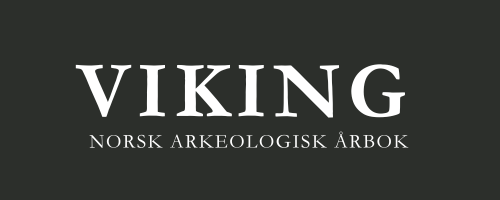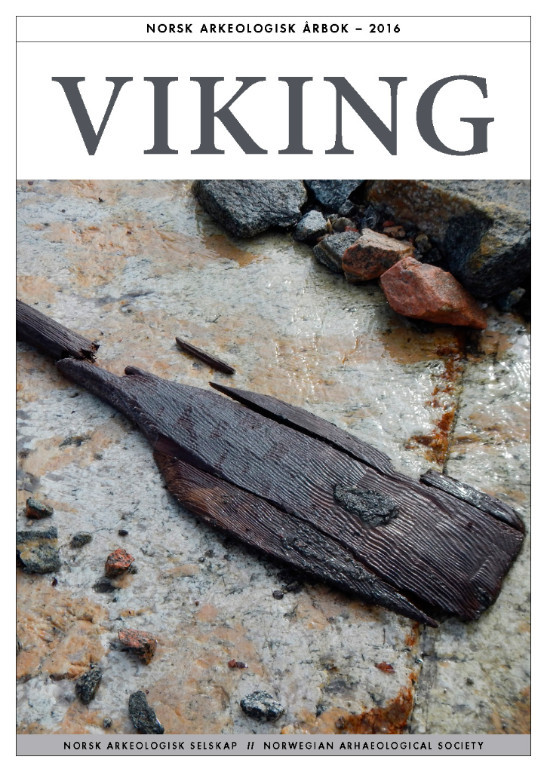Lokalsamfunn, regionar og nettverk i mellomalderen – ulike arkeologiske tilnærmingar
DOI:
https://doi.org/10.5617/viking.3909Sammendrag
Archaeological approaches in the study of local communities and regional contacts in the Middle Ages
Region is a complex and multifaceted concept. To what degree is it a suitable analytical approach to archaeological analyses? The political and administrative system in medieval Norway was largely built up around the assembly organization, where the geographical location of a local community was decisive for what administrative region it belonged to. The political-administrative regions are mainly expressed in written sources and have normally no clear material feature. However, one object type, the stone crosses on the west coast of Norway, may be seen in connection with the law area of the Gulathing law. Distribution of common artefact types within a geographical area may indicate regional contacts where technology and trade are central aspects, here defined as economic-functional regions. The importance of including a variety of objects in order to identify trade regions is emphasized. A homogeneous material culture within a geographical area may represent a common cultural or ethnical identity of the people living there, so-called identity regions. However, in the more complex medieval society, contacts and alliances were also directed to groups of people outside the area, and cultural identity was not always attached to the geographical area where people lived. These three types of regions, then, both overlap and diverge. Nevertheless, reflections concerning contacts and interaction are important, and a regional perspective may represent a useful approach where the material culture is studied according to larger connections and perspectives.
Nedlastinger
Publisert
Utgave
Seksjon
Lisens
Fra og med årgang 2016 er innhold i tidsskriftet Viking - dersom ikke annet er uttrykt - lisensiert gjennom Creative Commons Lisens BY-NC-ND-4.0. Dette betyr at innhold kan kopieres, distribueres og spres i hvilket som helst medium eller format, så lenge disse vilkårene er fulgt.



